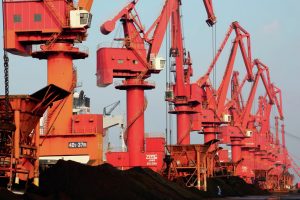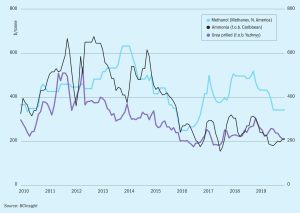
A new focus
At the time of writing this editorial, the World Economic Forum was having its usual annual meeting in the Swiss resort of Davos. Prior to this year’s meeting, as usual the WEF had produced its annual Global Risks Report to serve as a talking point for the meeting. While some of the risks were as usual political and economic, from proliferation of weapons of mass destruction and the “retreat from multilateralism” to growing inequalities of wealth in the developed world and “domestic political polarisation”, for the first time in the organisation’s history, the top five global risks in the report ranked by likeliness – which looks at potential global pitfalls over the next 10 years – were environmental. Perhaps with the pictures of Australia’s bush fire season fresh in their minds, the 750 experts ranked extreme weather events as the most likely, but climate change, biodiversity loss and sustainability in agriculture all ranked highly.








